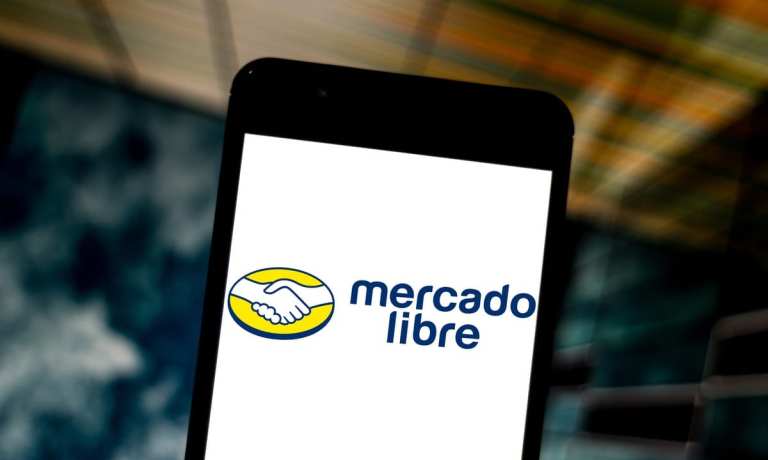MercadoLibre Granted License From Brazil’s Central Bank

After gaining a new license to operate as a financial institution in Latin America’s largest economy of Brazil, MercadoLibre will work on expanding its portfolio of credit offerings, a report from BNAmericas says.
The new license from the country’s central bank will let MercadoLibre have autonomy in creating and directly operating financial services in Brazil, along with accessing new types of financing.
That, according to the report, will help complement MercadoLibre’s funding strategy.
The new license also comes a month after the company announced a new public investment of 400 million reais from Goldman Sachs to help expand credit services and some other services.
“Having a broader array of funding instruments will structurally benefit the entire area of fintech and bring greater strength, as well as resilience for the business,” said Pedro de Paula, director of MercadoCrédito in Brazil, according to the report.
MercadoLibre’s credit arm MercadoCredito was formed in 2017 in Brazil, and has been tied to mobile wallet service MercadoPago. MercadoCredito has approved loans for over 4 billion reais, or $742 million, for 1.7 million people in around 10 million transactions. Mercado Pago has been authorized since 2018 by Brazil’s central bank to act as a payment institution.
MercadoLibre, as PYMNTS reported in October, is looking at a bigger investment in Brazil next year than the $716 million it invested in the country this year. Fernando Yunes, the company’s country lead for Brazil, said that the company was eyeing the fundamental changes from the pandemic and acknowledging that life was permanently changed in some ways.
According to Bloomberg, MercadoLibre’s value has risen to $61 billion, which came from the shift to online payments during the pandemic. Analysts have projected that people likely plan to continue those digital-based shopping habits even once the pandemic is eventually under control.
Earlier this year, PYMNTS reported on MercadoLibre as “the Amazon of Latin America,” operating in 18 countries in the region and seeing an exponential growth rate since the pandemic began.